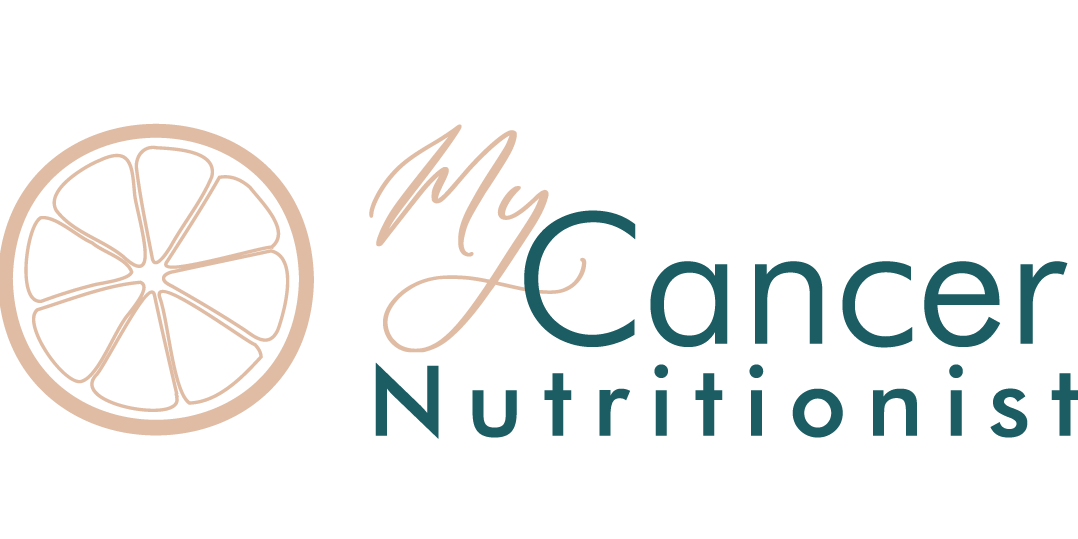Toxic Load, Insulin Sensitivity and Cancer
How Toxins and Toxic Load May Affect Insulin Sensitivity and Cancer
Living with cancer can lead to an intense focus on health – from managing treatments to making lifestyle changes that support overall well-being. One area that often goes overlooked is toxic load, or the accumulation of environmental toxins within the body. These toxins can have a profound effect on many biological processes, including insulin sensitivity, which is not only essential for balanced blood sugar but also plays a role in cancer metabolism.
This article explores the link between toxic load and insulin sensitivity, common sources of toxins, and ways to reduce exposure – all with a view to supporting overall cancer care.
How Toxins and Insulin Sensitivity Affect Cancer
Research is beginning to show that environmental toxins, including persistent organic pollutants (POPs) like BPA, phthalates, heavy metals, and pesticides, can interfere with insulin signalling. This is particularly relevant for cancer patients because insulin sensitivity isn’t just about blood sugar; insulin also influences cell growth, and higher levels of insulin and its signalling can promote pathways associated with tumour growth.
Chronic exposure to toxins can cause inflammation and oxidative stress, both of which are linked to cancer progression. By reducing toxic load, cancer patients may be able to support their metabolic health, potentially reducing the risk of recurrence and supporting a terrain that is less conducive to cancer growth.
Common Toxins and Where Can Be Found
Awareness of common toxins can empower you to make choices that reduce exposure. Here are a few notable ones:
Bisphenol A (BPA): Found in plastics, food containers, water bottles, and some canned food linings, BPA can mimic hormones and has been shown to affect insulin signalling pathways. Even products labelled "BPA-free" may use similar chemicals with uncertain safety.
Phthalates: Present in products with synthetic fragrances, vinyl, and some cosmetics, phthalates can disrupt hormone function, adding another layer of complexity for cancer patients. Inhalation and skin absorption are both common routes of exposure.
Heavy Metals (Mercury, Lead): These metals are found in some seafood, tap water, and certain processed foods. Heavy metals can accumulate in tissues, contributing to chronic inflammation and oxidative stress.
Pesticides: Pesticides on non-organic fruits and vegetables are a significant source of toxin exposure. Organochlorine pesticides, in particular, are known to accumulate in fat tissue, making them a hidden burden on the body’s detox systems.
Toxins & Fat Cells
Many of these environmental toxins are lipophilic, meaning they dissolve in fats and can be stored in fat cells for long periods. For cancer patients, this is particularly significant as any substantial weight loss or fat breakdown can release these toxins back into the bloodstream, potentially burdening the liver and other organs responsible for detoxification.
By supporting natural detoxification processes and focusing on gradual, gentle approaches to fat loss or weight management, the body can release these toxins more safely, maintaining a balanced environment and minimising oxidative stress that can affect cancer pathways.
Steps to Reduce Toxic Exposure
Reducing toxic load doesn’t have to be overwhelming. Here are some manageable steps you can start with:
Switch to Glass or Stainless-Steel Containers: Reducing BPA exposure is as simple as choosing glass or stainless-steel for food and drink storage.
Buy Organic Where Possible: Organic produce is less likely to contain pesticides. Focusing on the “Dirty Dozen” (fruits and vegetables most likely to carry pesticide residues) can make it easier to prioritise.
Choose Fragrance-Free Products: Phthalates in synthetic fragrances are absorbed by the skin and inhaled, so opting for natural products is one way to lower exposure.
Select Low-Mercury Fish: Fish is nutritious, but certain types, such as tuna, contain higher mercury levels. Options like salmon or sardines are lower in mercury.
Invest in a Good Water Filter: Filtering tap water can remove contaminants like chlorine and heavy metals, ensuring a cleaner source for drinking and cooking.
Improve Indoor Air Quality: By ventilating your home and avoiding synthetic air fresheners, you can reduce exposure to airborne toxins, which are often overlooked.
Functional Testing for Cancer Patients
If you’re managing a cancer diagnosis and want to minimise toxic load, functional testing can offer personalised insights. Tests for environmental toxins, heavy metals, and markers of inflammation and insulin sensitivity provide valuable information, enabling a tailored approach to detoxification and metabolic support.
If you’re interested in functional testing or would like to work with a specialist to address toxic load in your cancer care plan, feel free to reach out. Personalised guidance can help create a safer, supportive environment for your journey.
Want to learn more?
References
Lee, D.-H., et al. (2006). Persistent organic pollutants and cancer risk: A link with insulin resistance. Diabetes Care, 29(7), 1638–1644.
Heindel, J. J., & Blumberg, B. (2019). Environmental obesogens: Mechanisms and controversies in metabolic and cancer-related disorders. Annual Review of Pharmacology and Toxicology, 59, 89–106.




